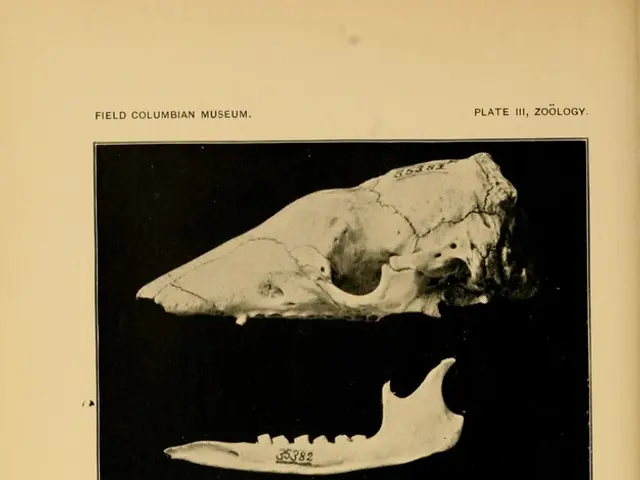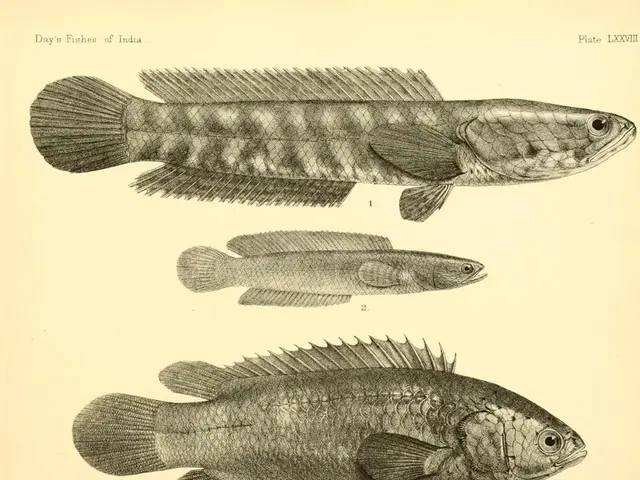Strategies for Reducing Enlarged Male Breasts: Physical Activity, Nutrition, and Medical Interventions
In the realm of male health, one condition that can cause concern is gynecomastia, the enlargement of male breast tissue. This article aims to provide an overview of the common causes and treatment options for this condition.
## Common Causes of Gynecomastia
Gynecomastia is primarily caused by hormonal imbalances, particularly an imbalance between estrogen and testosterone levels. This imbalance can occur naturally during puberty, middle age, or older adulthood as testosterone levels decline.
Other factors that can lead to gynecomastia include the use of certain medications, substance use, and medical conditions such as liver disease, kidney failure, thyroid issues, and certain tumors. Excess body fat, which can increase estrogen production, can also exacerbate gynecomastia.
## Treatment Options for Gynecomastia
Treatment for gynecomastia depends on its cause. For severe cases, surgical options may be considered. Male breast reduction surgery involves removing excess glandular tissue and fat to reduce breast size. Liposuction may also be used to remove excess fat.
Non-surgical options include hormone regulation and lifestyle changes. Addressing hormonal imbalances may help reduce breast tissue growth, although this is not always effective. Maintaining a healthy weight and avoiding substances that can exacerbate hormonal imbalances may help manage symptoms.
If gynecomastia is caused by a medical condition or medication, treating the underlying issue or adjusting medications can be an effective treatment strategy. Psychological support and counseling are also important for addressing the emotional distress that can accompany this condition.
## Lifestyle and Dietary Changes
Doctors may also recommend lifestyle and dietary changes to help reduce enlarged breast tissue. Gradual weight loss, at a rate of around 1 to 2 pounds per week, is more sustainable and can improve overall health. Substituting less nutritious snacks with fruits or vegetables can help reduce caloric intake.
The recommendations for diet include eating whole, raw fruits and vegetables whenever possible, using no or low fat cooking techniques, and choosing whole fruit over fruit drinks and juices. Weightlifting exercises can help reduce fat and increase muscle mass, potentially helping with gynecomastia. Chest exercises to build muscle can also help reduce the appearance of breast tissue in males.
In conclusion, gynecomastia is a condition that can have a significant impact on a man's physical and emotional well-being. Understanding its causes and exploring available treatment options can help those affected to take control of their health and regain confidence. If you are experiencing symptoms of gynecomastia, it is essential to consult a doctor to identify the underlying cause and discuss appropriate treatment options.
- In some cases, multiple factors like hormonal imbalances, excessive body fat, certain medications, substance use, medical conditions such as multiple sclerosis, Alzheimer's disease, or ankylosing spondylitis can contribute to gynecomastia.
- The onset of type 2 diabetes, which often leads to extensive insulin resistance and an increase in body fat, can also be a factor in the development of gynecomastia.
- Moreover, conditions like macular degeneration, HIV, or ulcerative colitis, which might affect one's overall health, can potentially indirectly influence the development of gynecomastia.
- An obesity-related complication such as COPD can further aggravate the condition due to increased estrogen production caused by excess fat.
- Atopic dermatitis, a chronic skin condition that can lead to dry and itchy patches, may not be directly related to gynecomastia, but addressing it through proper nutrition and skincare regimens can help improve overall health.
- Depression, a common mental health issue, can affect one's lifestyle choices and adherence to treatment plans, which in turn can impact their weight and contribute to gynecomastia.
- Before starting any treatment plan, it is essential to consult a healthcare professional and prepare yourself with the necessary medications or treatments, often referred to as 'prep.'
- In health-and-wellness, fitness-and-exercise, and men's health discussions, gynecomastia can be an executive summary talking point due to its prevalence among men.
- A predictive study on gynecomastia might emphasize the importance of nutrition, particularly focusing on weight management, and the role of essential nutrients in hormonal balance maintenance.
- Home-prepared meals, comprising whole, raw fruits and vegetables, lean proteins, and healthy fats, can help optimize hormone regulation and reduce the risk of gynecomastia onset.
- Additionally, professionals in the nutrition field suggest incorporating regular fitness and exercise routines, including weightlifting exercises, to improve overall hormone balance and promote a healthy weight.
- By focusing on maintaining a nutritious diet, staying physically active, managing weight, and seeking help for any underlying mental health issues, one can avoid or effectively manage gynecomastia while improving their overall health.
- Science continually advances its understanding of gynecomastia causes and treatment methods, offering more targeted and effective solutions for those struggling with this condition.




